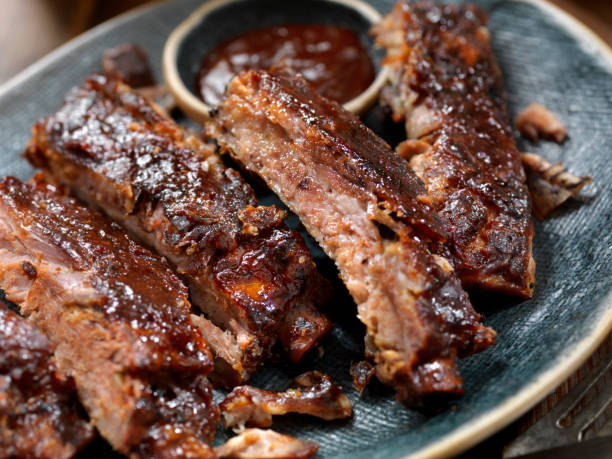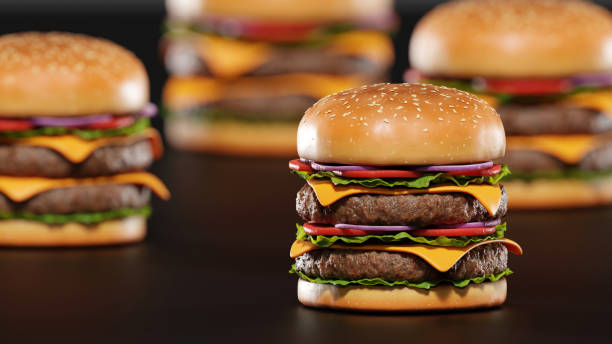When it comes to planning a meal, hosting an event, or simply understanding dietary habits, one question that frequently arises is: “how many pounds of meat per person?” This seemingly straightforward question is actually influenced by a myriad of factors including cultural norms, dietary restrictions, the type of event, and personal health considerations. Join us as we dissect the factors that play a role in how much meat makes it onto the plate, and how you can use this information to make informed decisions about consumption and portion sizes.
Overview of Factors Influencing Meat Serving Sizes
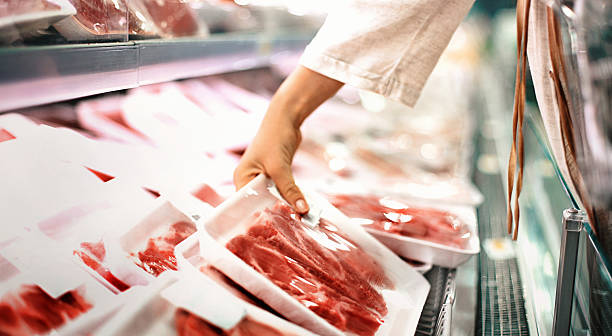
Overview of Factors Influencing Meat Serving Sizes
Multiple aspects impact suitable meat serving sizes:
- Type of meat (beef, pork, chicken, etc.)
- Cooking method (grilled, roasted, etc.)
- Bone-in or boneless preparation
- Event type (formal vs. casual)
- Number of courses
- Side dishes and appetizers
- Guest demographics and appetites
- Cultural preferences
- Dietary restrictions
- Budget
Carefully weighing these elements helps determine appropriate amounts of meat per person. While general rules provide guidance, adjust portions to suit your specific event.
Meat Serving Size Basics
For a single entrée meal, plan for approximately 1/2 pound of meat per person. Adjust this base amount according to your specific needs. Less meat may suffice if serving multiple courses or substantial side dishes. More may be required for hearty appetites or casual events allowing larger portions. Use the following estimates as an initial guideline when determining quantities:
| Meat Type | Serving Size |
|---|---|
| Beef | 5-6 oz |
| Pork | 4-5 oz |
| Chicken | 1 chicken breast or leg/thigh |
| Fish | 5-6 oz |
| Shrimp | 5-7 Jumbo per person |
Type-Specific Serving Recommendations
Tailor portions by the type of meat you are serving.
Pork
- Chops: 1 bone-in chop or 4-5 oz boneless
- Roast: 4-6 oz
- Ribs: 1/2 to 1 lb for a full meal, depending on bone weight
- Tenderloin: 4-6 oz
- Sausage: 2-3 links or patties
Beef
- Steaks: 8-12 oz based on cut
- Roasts: 4-6 oz sliced servings
- Short Ribs: 1-1.5 lbs for bone-in or 8-12 oz boneless
- Burgers: 1/4 lb patties, adjust if using thick specialty blends
Chicken
- Breast: 1 whole breast, about 4-6 oz each
- Leg or thigh: 1-2 pieces, around 4 oz each
- Wing: 2-3 pieces
- Drumstick: 1-2 pieces
- Boneless tenders or nuggets: 4-6 oz
Meal Structure Impact
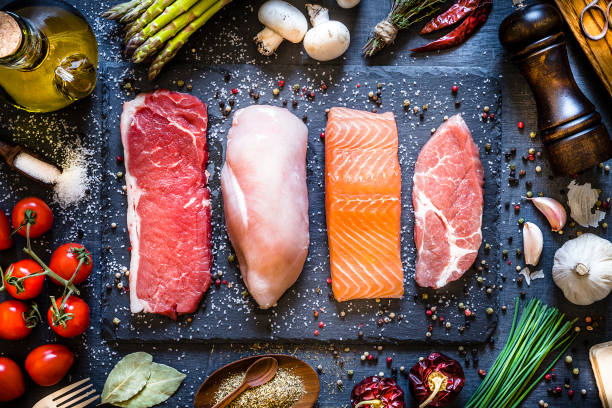
Meal Structure Impact
For family-style or buffet meals, appetizers enable decreasing main meat portions. If serving shrimp cocktail or sliced deli meat, plan 4 oz protein portions. Guests will balance their plates with appetizer choices.
For plated dinners, limit meat to 4-6 oz with salad, soup, or appetizer courses. These dishes make multi-course meals feel abundant without overserving protein.
Skipping starter dishes requires larger meat portions. With a single entrée and sides, go higher around 8 oz per person. Allow second helpings to feel like a hearty, generous meal.
Cultural and Dietary Preferences
Consider cultural norms and dietary restrictions when planning meat quantities.
Some cuisines feature smaller meat servings with ample sides. Tailor American or European portions down for Asian or Latin cuisine events. For vegetarian and vegan guests, supply meat-free mains like pasta primavera or grilled eggplant. Allow 4-6 oz servings of these vegetable-based entrees.
Provide meatless sides like roasted vegetables for non-meat eaters. Then serve omnivores 4-6 oz meat alongside veggie options. Offer 3-4 oz kid or senior portions. These groups often eat smaller amounts. Keep their special dietary needs in mind.
Vegetarian and Vegan Alternatives
Catering to non-meat eaters requires planning ample plant-based protein servings:
- Tofu: 4-6 oz per person
- Tempeh: 4-6 oz per person
- Seitan: 4-6 oz per person
- Beans or lentils: 1/2 cup cooked beans or lentils per person
- Soy/veggie burgers or sausages: 1 patty or sausage
- Portobello caps: 1 whole 4-6 inch cap per person
Combine these with veggie sides. Offer meat and non-meat options to accommodate all dietary preferences.
Serving Adjustments for Demographics
Tailor portions to your guests’ demographics:
- Kids (ages 2-12): 2-4 oz meat per child
- Teens: 4-6 oz meat per person
- Women and seniors: 4-5 oz meat per person
- Men and athletes: 6-8 oz meat per person
Serve smaller slices or split breast portions for dainty appetites. Provide larger pieces or double portions for hearty eaters. Accommodate diverse preferences at any event.
Minimizing Waste and Managing Leftovers
To reduce leftover meat, utilize strategies like:
- Grilling perishable items first
- Offering smaller portions with multiple sides
- Repurposing leftovers into sandwiches, tacos, pizza toppings or casseroles
Have storage containers on hand. Promptly refrigerate or freeze excess portions after the event. Handle meat safely to avoid waste and foodborne illness.
Cooking Method Considerations
Grilling, smoking, roasting, and braising result in shrinkage losses of 15-30% which impacts meat quantities needed. For example, if grilling marinated chicken or barbecued ribs, increase initial purchase weight by 20-25% to yield desired final cooked servings. If gently poaching chicken breasts or fillet of fish, add just 10-15% extra for minimal cooking loss.
Practical Measurement Tips
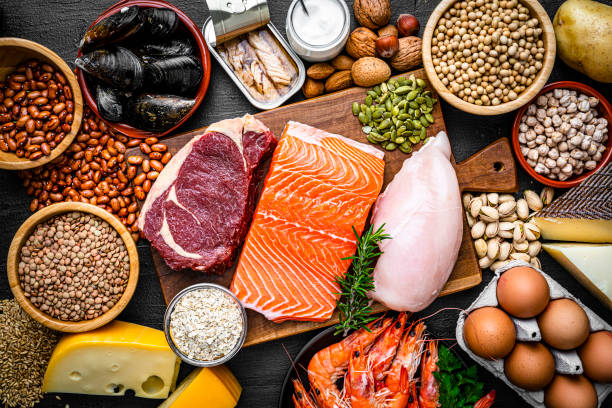
Practical Measurement Tips
- Weigh meats on a kitchen scale for most accuracy
- Estimate 4 oz servings as roughly the palm size of an average woman’s hand
- For 1 lb, figure approximately the full size of an average woman’s fist
- Visually divide whole chickens or roasts into serving sizes
- For ground beef, form patties slightly larger than the desired cooked size
Use your best judgment along with USDA FoodKeeper guidelines for storing leftovers. Prevent waste while providing pleasing portions.
Conclusion: How many pounds of meat per person
Determining meat quantities requires balancing many factors like meal type, servings per person, cooking method, budgets, attendee demographics, dietary preferences, and accompaniments.
While general rules provide a starting point, tailor portions for each specific event. Take the time to thoughtfully assess your needs and develop a plan to deliver satisfying servings without overbuying.
Approach meal planning with wisdom and flexibility. With practice, you will learn how to expertly determine how many pounds of meat per person to purchase and prepare for any gathering or celebration.

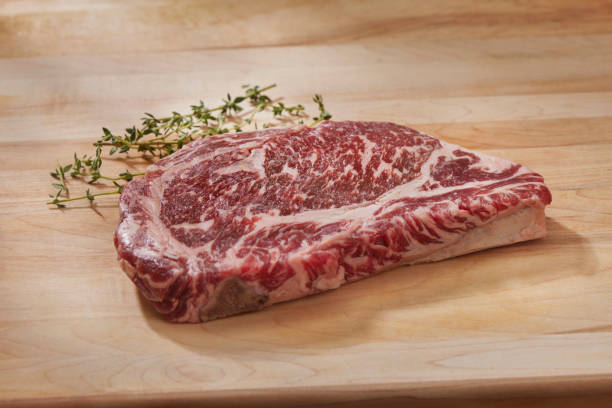
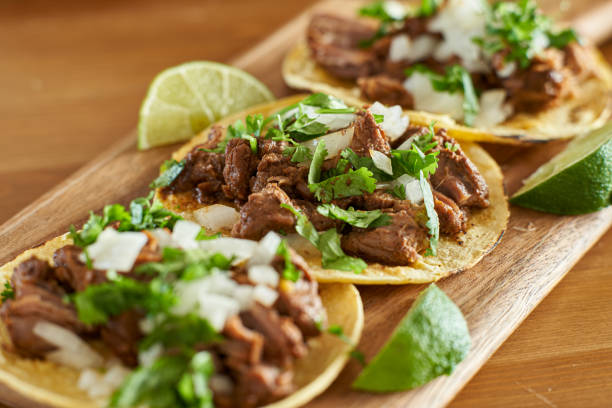
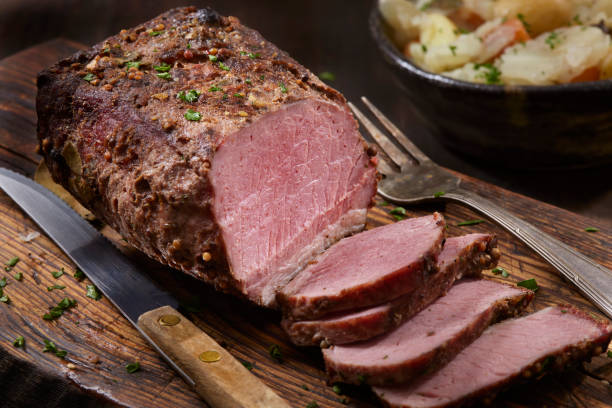
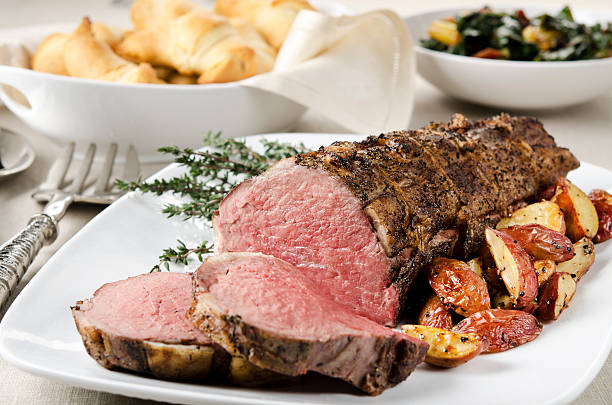

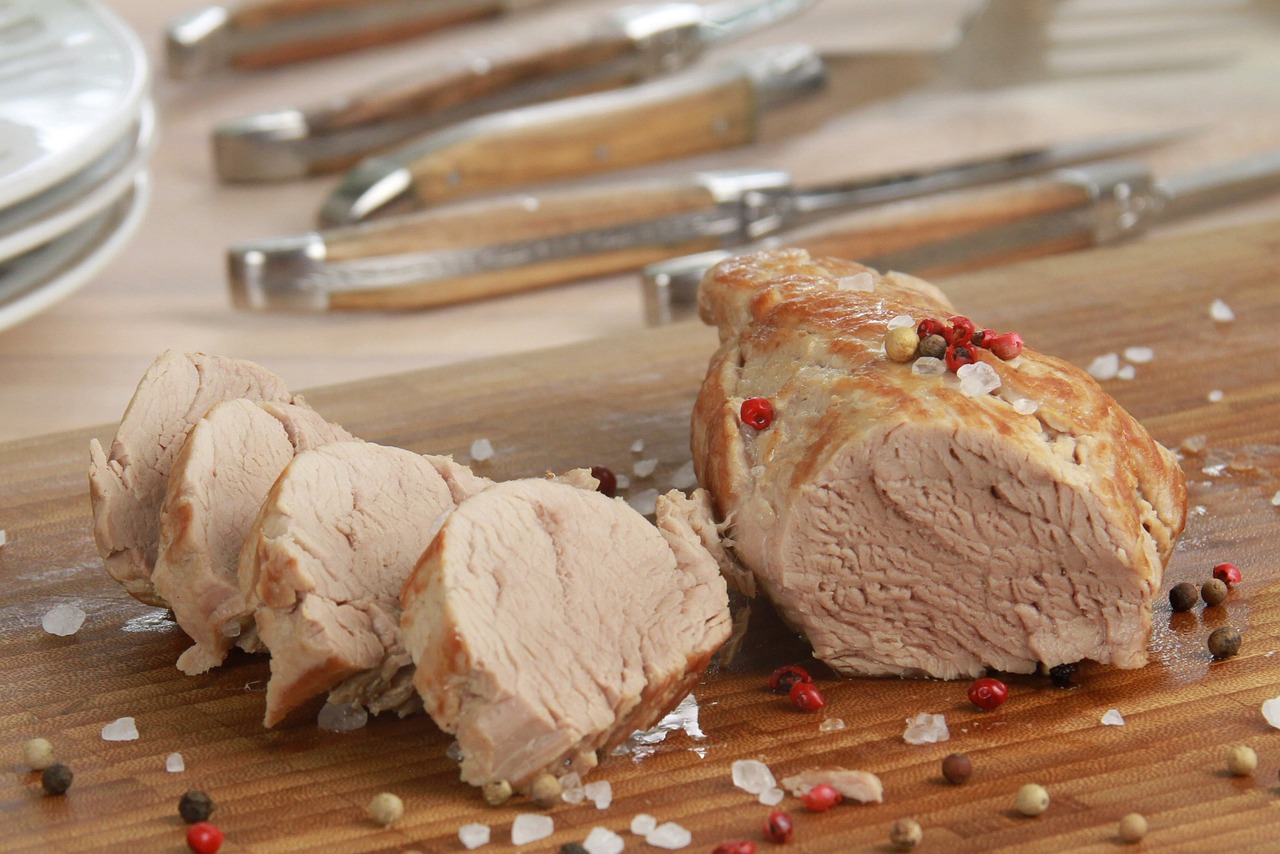


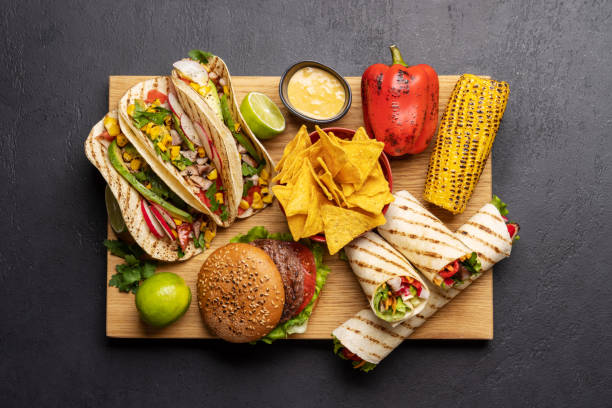


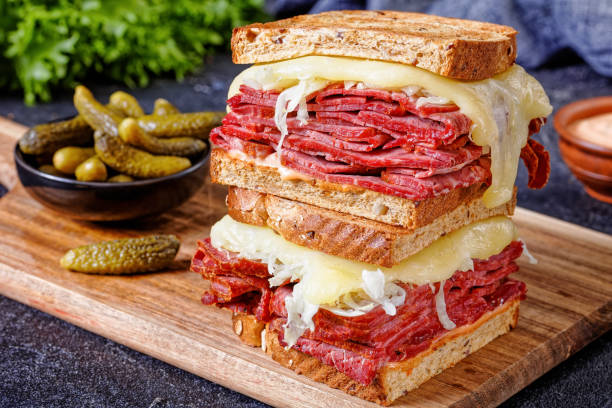



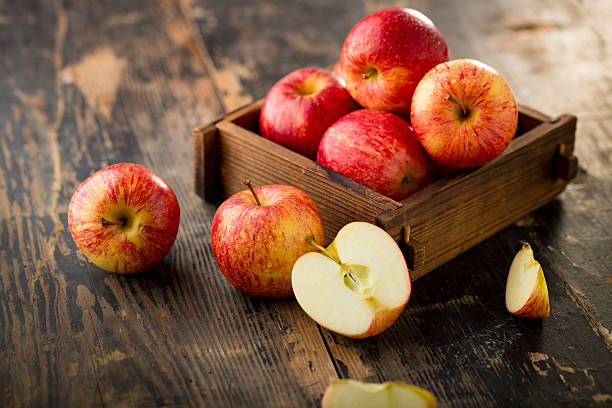
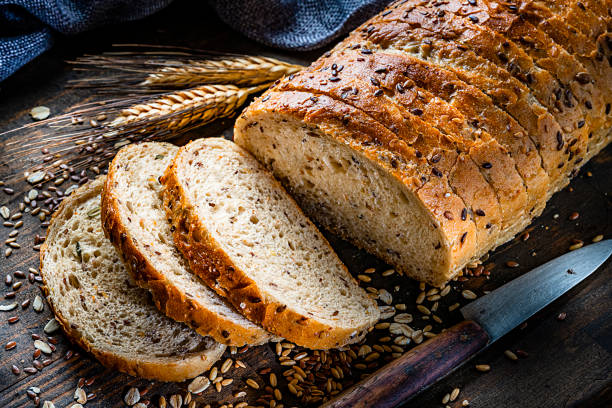



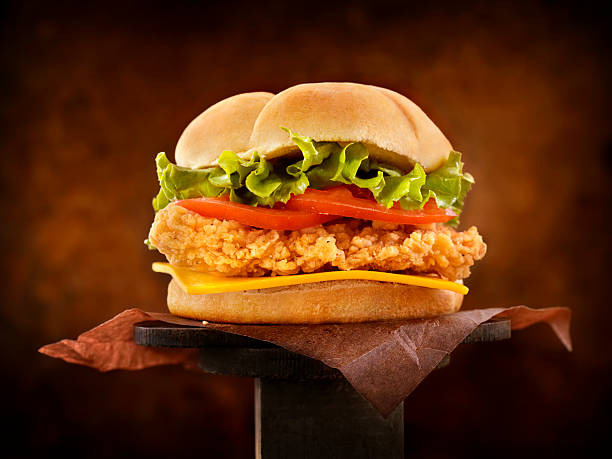
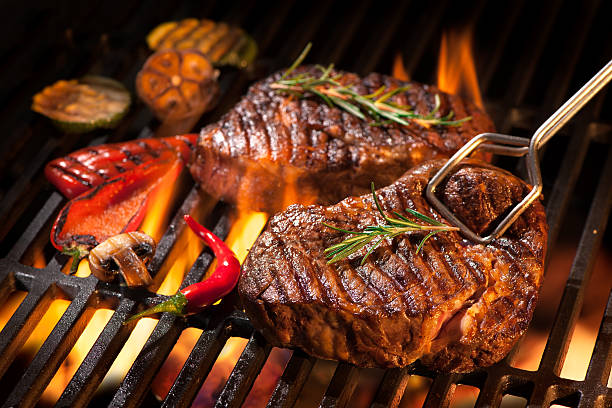

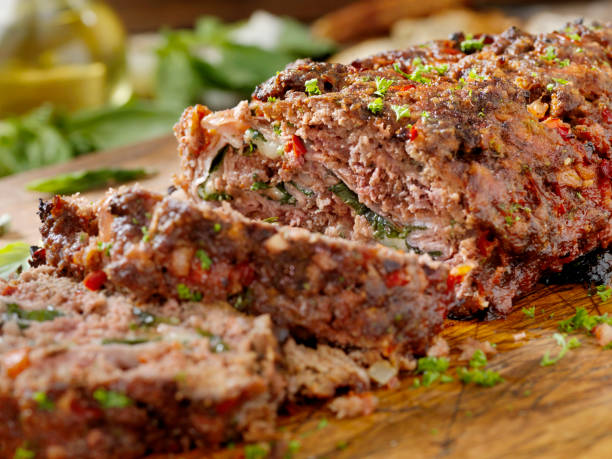

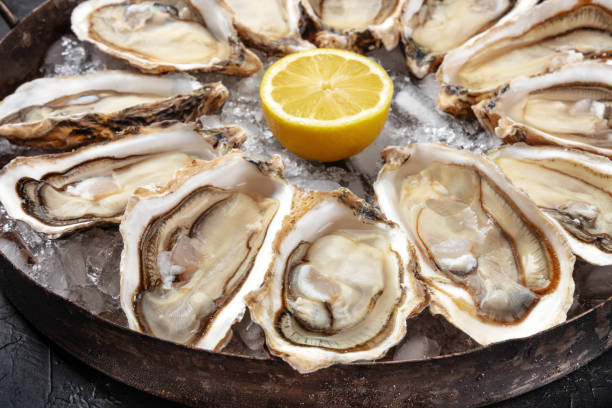
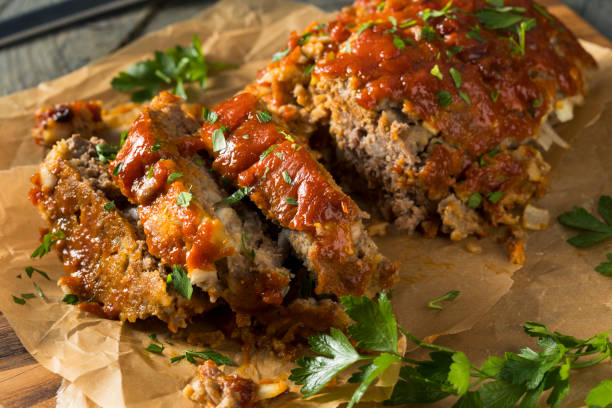
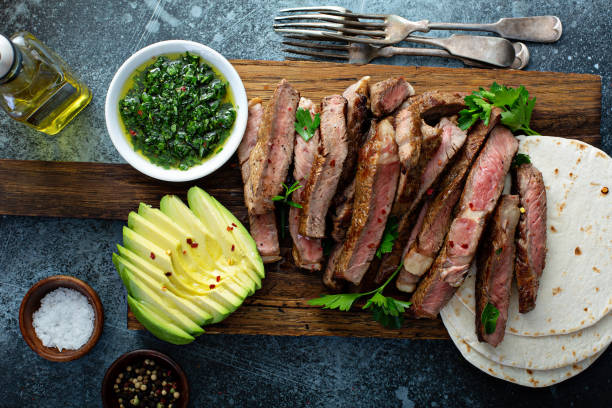

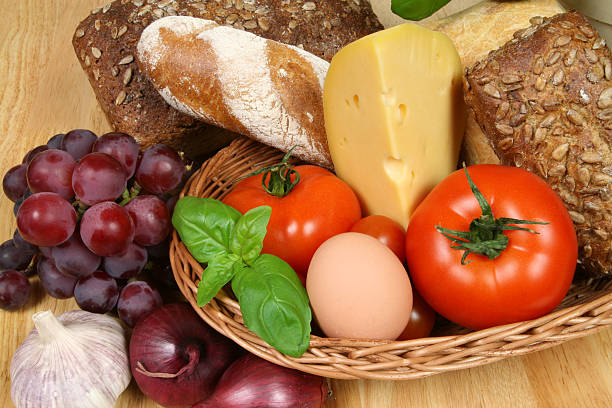
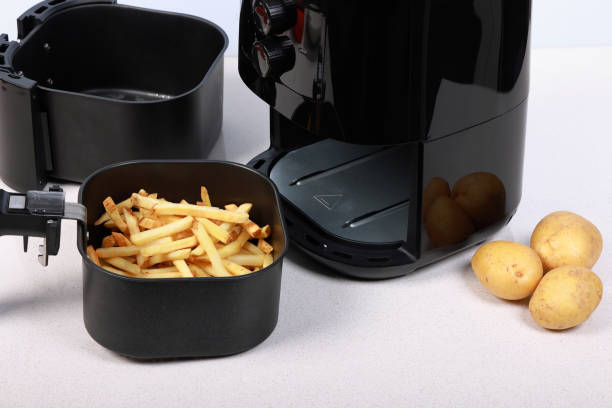
![America’s Best Wings Menu With Prices | Guides [Update 2023] America’s Best Wings Menu With Prices | Guides [Update 2023]](https://thesuntrapp.com/wp-content/uploads/2023/11/Screenshot-2023-11-16-020808.png)
